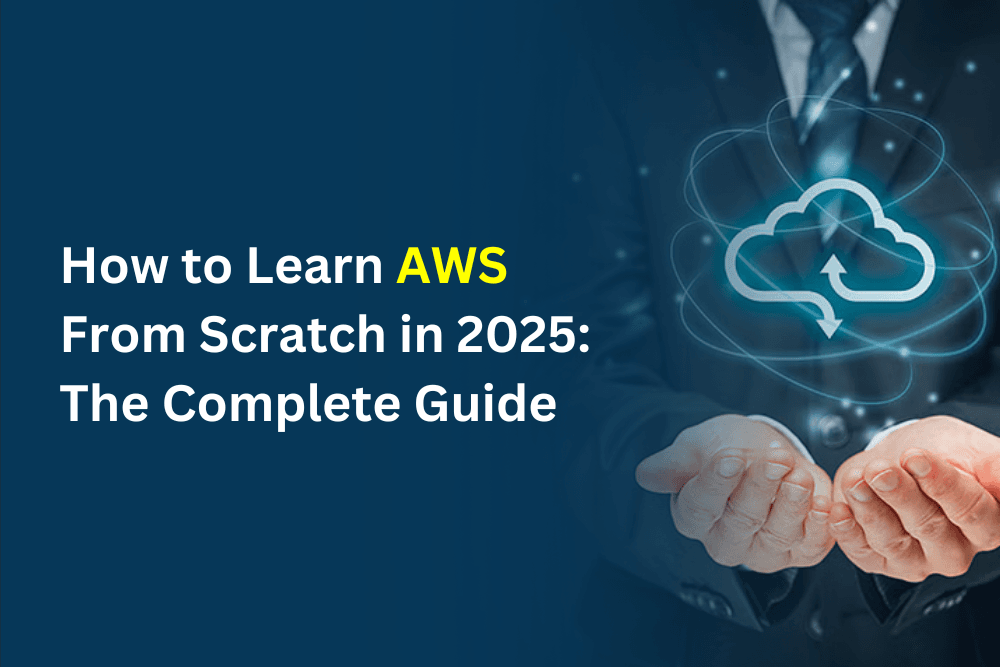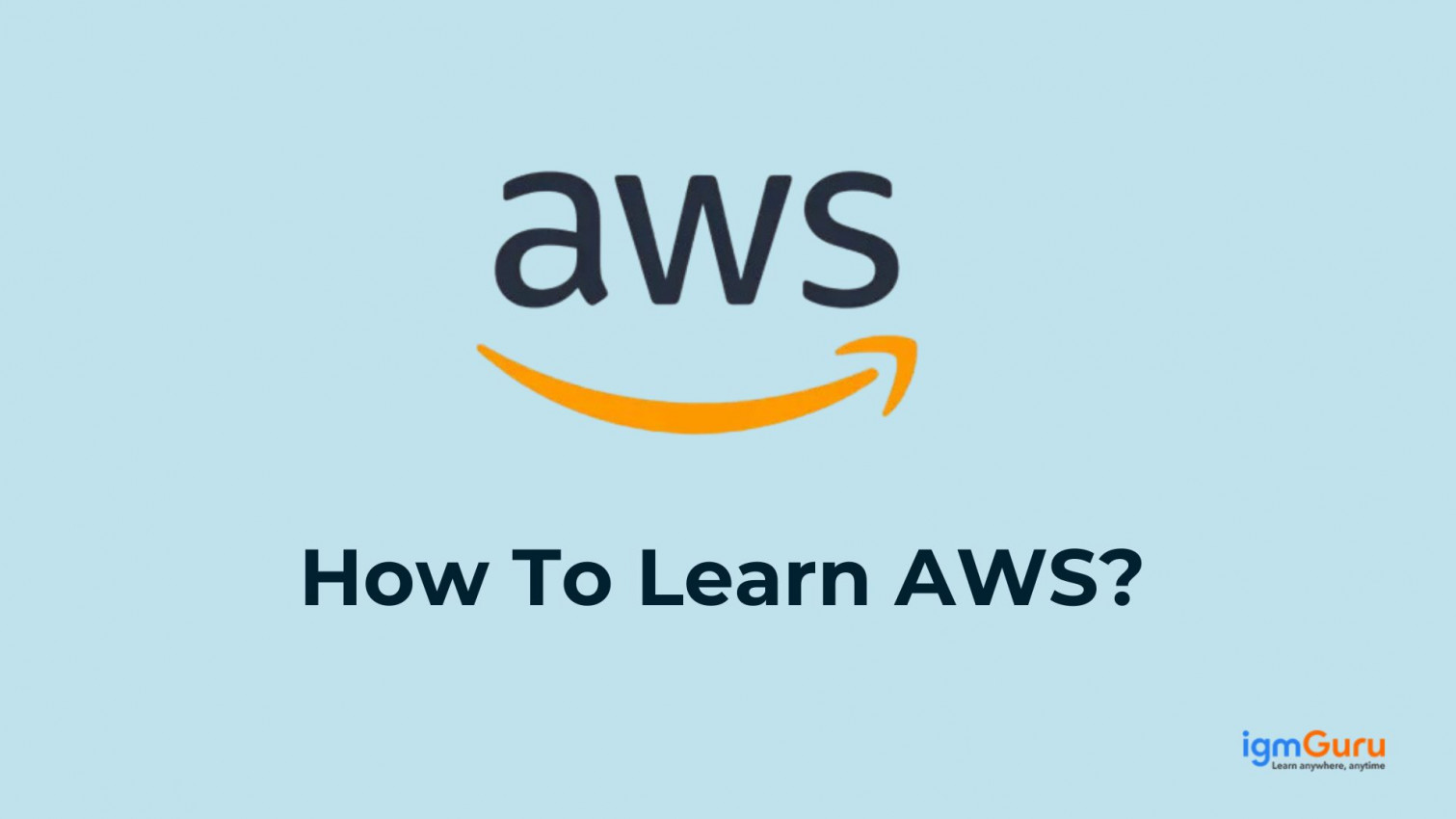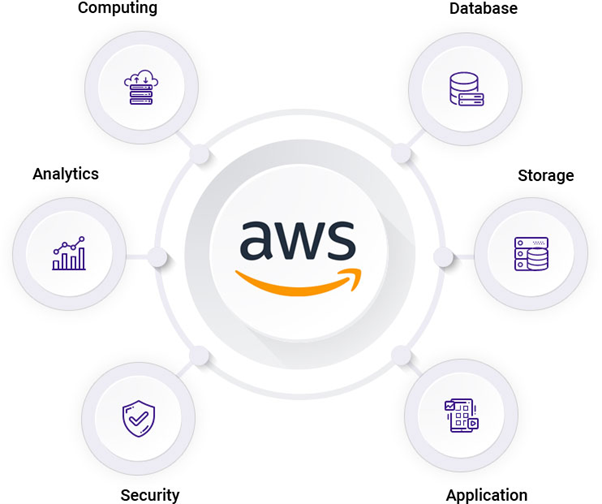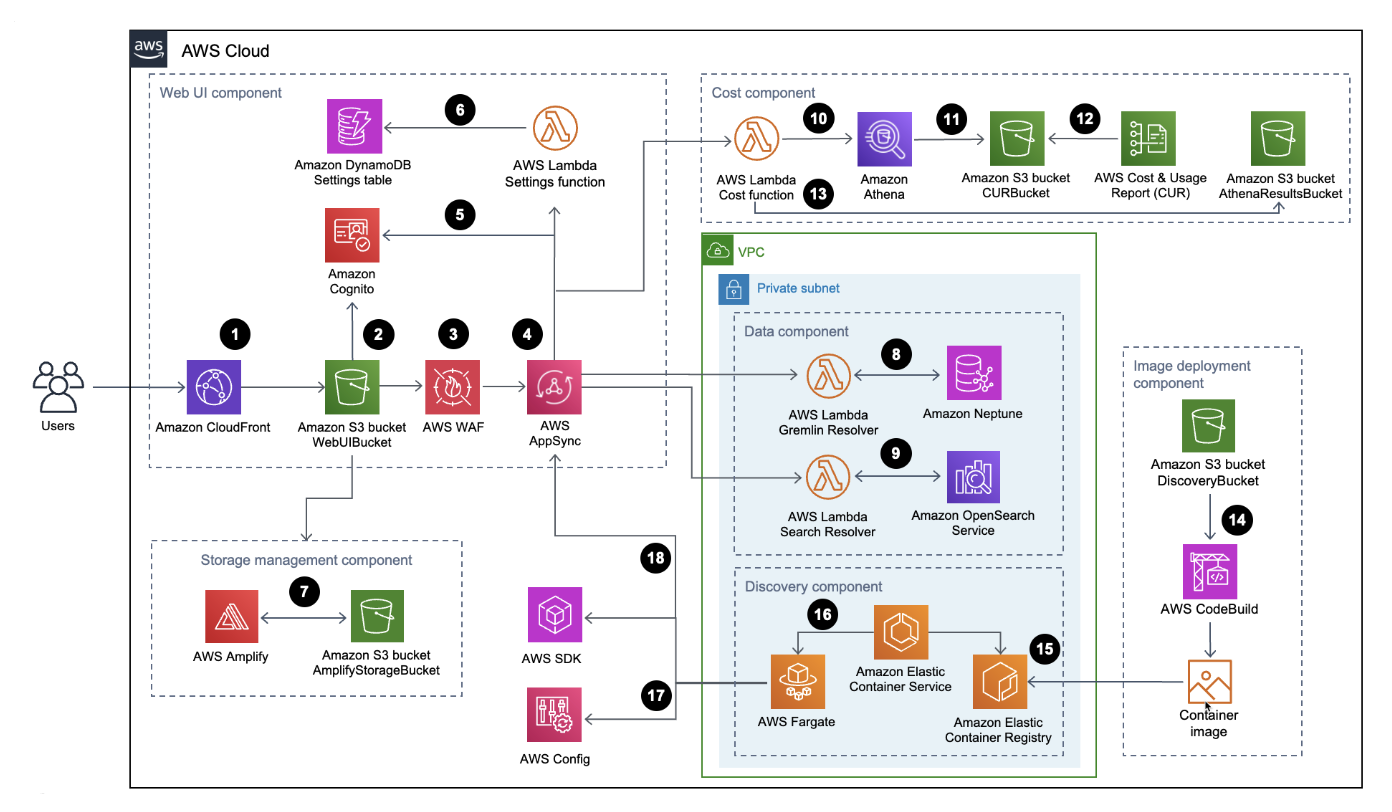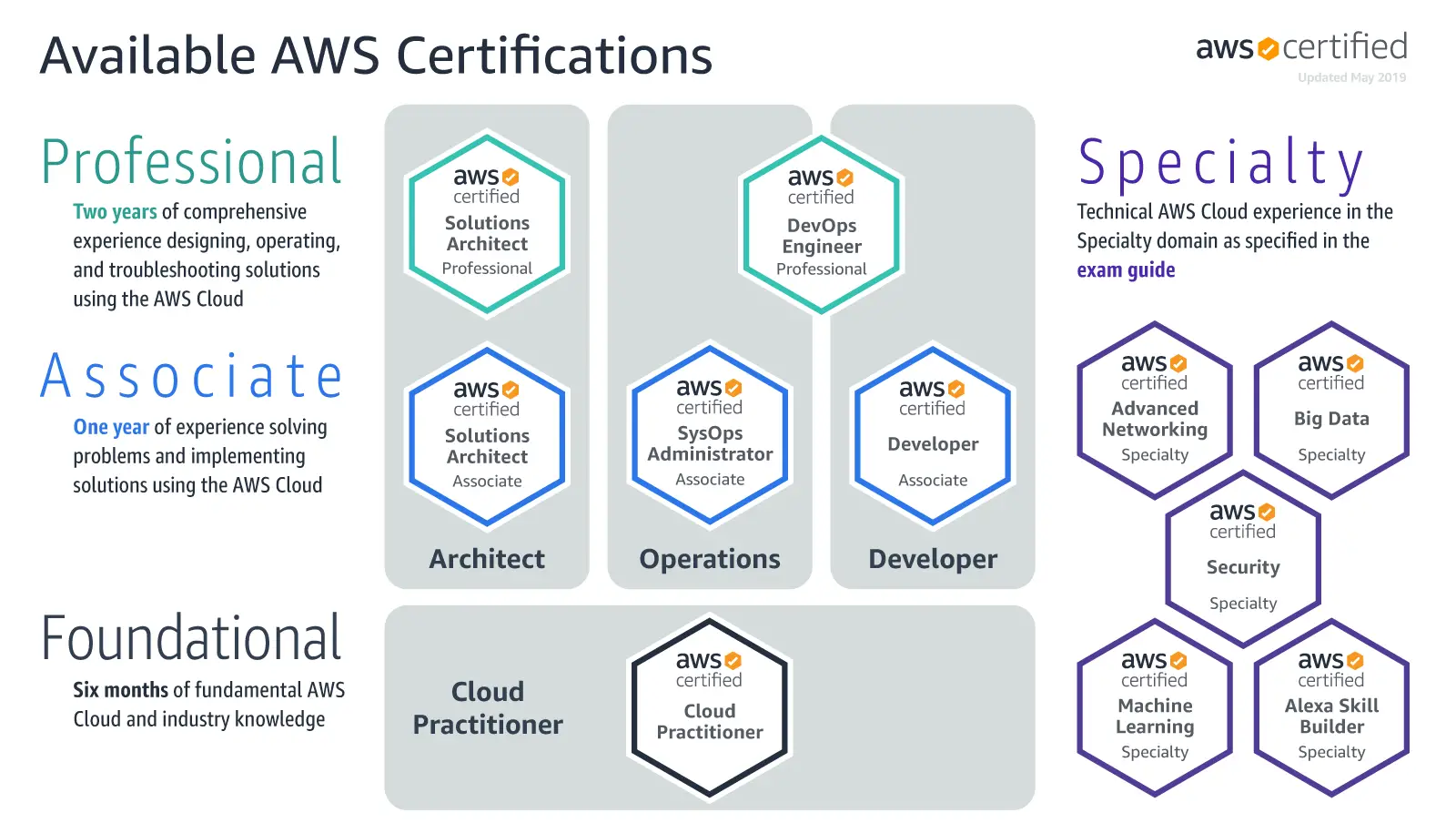How To Start Learning Aws From Scratch

Imagine a vast, digital landscape stretching as far as the eye can see, filled with possibilities. Servers hum quietly in the background, databases churn with information, and applications spring to life at your command. This is the world of Amazon Web Services (AWS), and though it might seem daunting at first, it's a world open to anyone willing to learn.
Want to know how to start learning AWS from scratch? You're not alone. It’s a journey, not a sprint, and the key is to break it down into manageable steps. Begin with understanding the foundational concepts, explore the core services, and then gradually build your expertise through hands-on practice.
Getting Started: The Lay of the Land
AWS offers a vast array of services, from computing power to storage to databases and beyond. Where do you even begin? The first step is to grasp the fundamentals.
Start with cloud computing itself. Understand the differences between Infrastructure as a Service (IaaS), Platform as a Service (PaaS), and Software as a Service (SaaS). These are the pillars upon which AWS is built.
Next, familiarize yourself with the core services. Think of EC2 (virtual servers), S3 (object storage), and IAM (Identity and Access Management). These are the building blocks you'll use most frequently.
Charting Your Course: Learning Resources
Fortunately, there's a wealth of resources available to guide you. Amazon provides excellent documentation, tutorials, and training programs.
The AWS Training and Certification program offers structured learning paths. These range from foundational courses to specialized certifications, helping you validate your skills.
Don't underestimate the power of online courses. Platforms like Coursera, Udemy, and A Cloud Guru offer comprehensive courses on AWS. Look for courses that include hands-on labs and real-world scenarios. According to a 2023 report by Global Knowledge, professionals with AWS certifications earn higher salaries on average.
Another valuable resource is the AWS Free Tier. This allows you to experiment with many AWS services for free within certain usage limits. It's the perfect sandbox to practice and learn without incurring significant costs.
Building Your Skills: Hands-on Practice
Theory is important, but practice is crucial. The best way to learn AWS is to build something.
Start with small projects. Deploy a simple website using S3 and CloudFront. Create a virtual server using EC2. Set up a database using RDS. Each project will solidify your understanding of the concepts.
Consider joining online communities. AWS has a vibrant community of users who are eager to help. Forums, Stack Overflow, and Reddit are great places to ask questions and share your experiences.
Contribute to open-source projects. This is a fantastic way to learn from others and gain practical experience. Look for projects that use AWS services and align with your interests.
The Journey Ahead
Learning AWS is an ongoing process. The cloud landscape is constantly evolving, with new services and features being released regularly. Stay curious and keep learning.
Set realistic goals for yourself. Don't try to learn everything at once. Focus on mastering the core services and then gradually expand your knowledge.
Remember that everyone starts somewhere. Don't be discouraged if you encounter challenges. The key is to persevere and keep building.
Ultimately, mastering AWS is not just about learning a technology; it's about embracing a new way of thinking. It's about building scalable, reliable, and cost-effective solutions. Embrace the challenge, and you'll unlock a world of possibilities.
